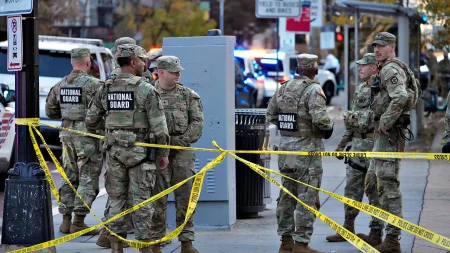A Tragic Fire Fueled by Flammable Materials
In what has become the deadliest blaze to strike the city in nearly seven decades, authorities have identified potentially lethal construction materials as key factors in a devastating fire that claimed more than 80 lives. Investigators point specifically to flammable netting and foam boards that appear to have accelerated the spread of the inferno, turning what might have been a containable incident into an unstoppable tragedy. The horrific death toll has shocked the community and prompted immediate action from law enforcement, who have already made several arrests in connection with the disaster.
The investigation has revealed a troubling picture of how ordinary building materials can become deadly accelerants under the wrong conditions. The netting, likely installed as protective covering for construction or renovation work, and foam insulation boards—materials commonly used in modern construction for their cost-effectiveness and insulating properties—created what fire safety experts describe as a “perfect storm” for rapid flame spread. Witnesses described how quickly the fire moved through the structure, leaving people little time to evacuate and trapping many inside as toxic smoke filled corridors and stairwells. First responders arrived to find a building already engulfed, with flames visible from blocks away and desperate people calling for help from windows.
The human cost of this tragedy extends far beyond the staggering number of deaths. Families have been torn apart, with some losing multiple members in a single night. Survivors bear not only physical burns and respiratory damage but also the psychological trauma of their harrowing escapes and, for many, the knowledge that friends and loved ones didn’t make it out. Local hospitals have been overwhelmed with victims suffering from smoke inhalation, burns, and injuries sustained while trying to escape. Community centers have become impromptu gathering places for those seeking information about missing loved ones, with volunteer counselors working around the clock to provide emotional support to those affected.
The arrests that followed the fire have focused on individuals allegedly responsible for the building’s safety compliance and material choices. Authorities are investigating whether proper fire safety protocols were followed and if the flammable materials met building code requirements. Questions have arisen about inspection procedures, permit approvals, and whether corners were cut to save money during construction or renovation. The investigation has expanded to include not just the immediate property managers but potentially manufacturers of the materials and city officials who may have overlooked critical safety violations. This has prompted a wider examination of similar buildings throughout the city, with emergency inspections being conducted to prevent another disaster.
Community response to the tragedy has been swift and heartfelt. Local residents have organized blood drives, donation centers for displaced survivors, and memorial services for those lost. Religious organizations have opened their doors for community grieving and healing. Meanwhile, fire safety advocates are using this terrible event to push for stricter regulations on building materials, particularly in high-density residential structures. They argue that the extra cost of fire-resistant materials is insignificant compared to the potential human cost, as this disaster so painfully demonstrates. City council meetings have been packed with concerned citizens demanding accountability and reform of building safety codes.
As the city begins the long process of healing, the focus is shifting toward ensuring such a catastrophe never happens again. Proposals for new legislation requiring stricter fire safety standards are already being drafted, with particular attention to the types of materials that can be used in residential buildings. Fire departments are reviewing their response procedures and equipment needs for high-rise emergencies. Educational campaigns about fire safety are being launched in schools and community centers. While nothing can bring back those who were lost, their memory is driving meaningful change that may save countless lives in the future. The tragedy serves as a sobering reminder of how vulnerable we remain to fire, even in our modern era, and how vigilance in safety standards must never waver.










